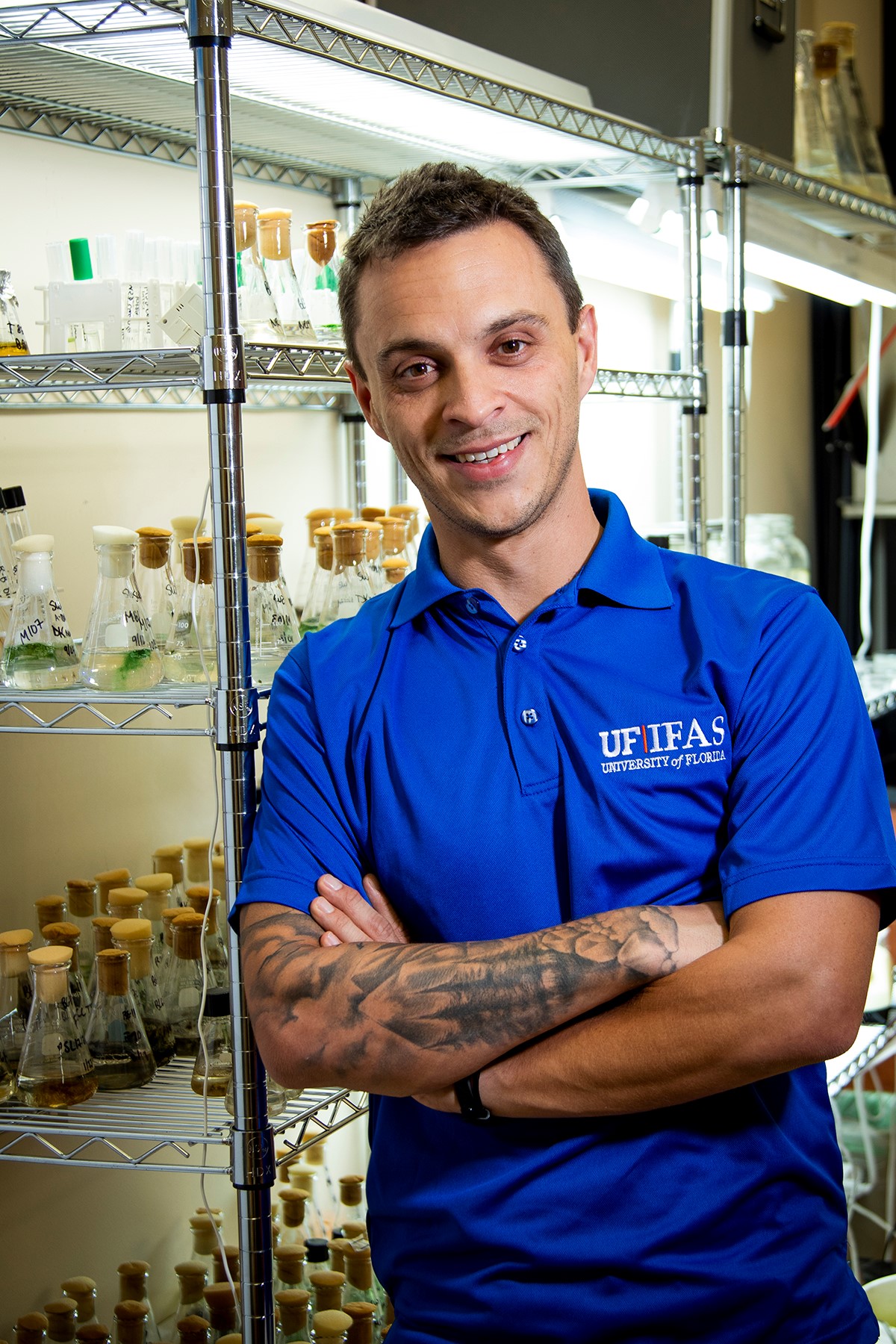Dr. H. Dail Laughinghouse IV: Research:
Applied Phycology
Current research in the lab includes:
-
Inventorying aquatic algae in the State of Florida and beyond
In order to characterize algal distribution and bloom events, floristic inventories are carried out in my lab together with international collaboration on floristic studies beyond Florida. Characterization of the algae is determined using both morphological and molecular methods. Toxigenic algae found, especially cyanobacteria, are isolated into unialgal cultures in our algal culture facilities for species descriptions and toxin analyses. These strains are later used for tests in vivo of the effects of algaecides on their survival.
-
Environmental triggers for blooms
Using environmental data and information on watershed and land usage, we construct hypotheses to determine which species are favored in certain aquatic environments. There are some data published on this, however, this is specific to each region due the unique water quality and algal compositions.
-
Algae control and mitigation
- With data on species composition and water quality, we are able to test algaecides and their reactivity in different aquatic environments, with different water conditions and species composition. Experiments are undertaken both in the lab and using mesocosms in situ to determine how these products react in the environment to determine best management practices (BMPs) using evidence-based research. Furthermore, algae are also found on terrestrial humid surfaces (eg. nurseries and greenhouses), and my research program also involves finding methods to control them.
- Besides reactive methods to control algae, the lab works with collaboration on determining best methods for bioremediation and nutrient removal.
-
Genomic studies of algae and toxins of terrestrial environments
Algae are not only aquatic, but can be found in terrestrial environments. These terrestrial algae fix nitrogen (cyanobacteria) and sequester carbon into the soils, making it available for non-vascular and vascular plant colonization. In addition, the cyanobacteria in soils produce unique bioactive compounds, some which are toxic. As the Polar regions are quickly changing, it is vital to understand the composition and function of these algal communities to hypothesize what will happen with Earth's changing climate.

Assistant Professor
3205 College Ave, Davie FL 33314
Davie West
Phone: 954-577-6382
hlaughinghouse@ufl.edu
